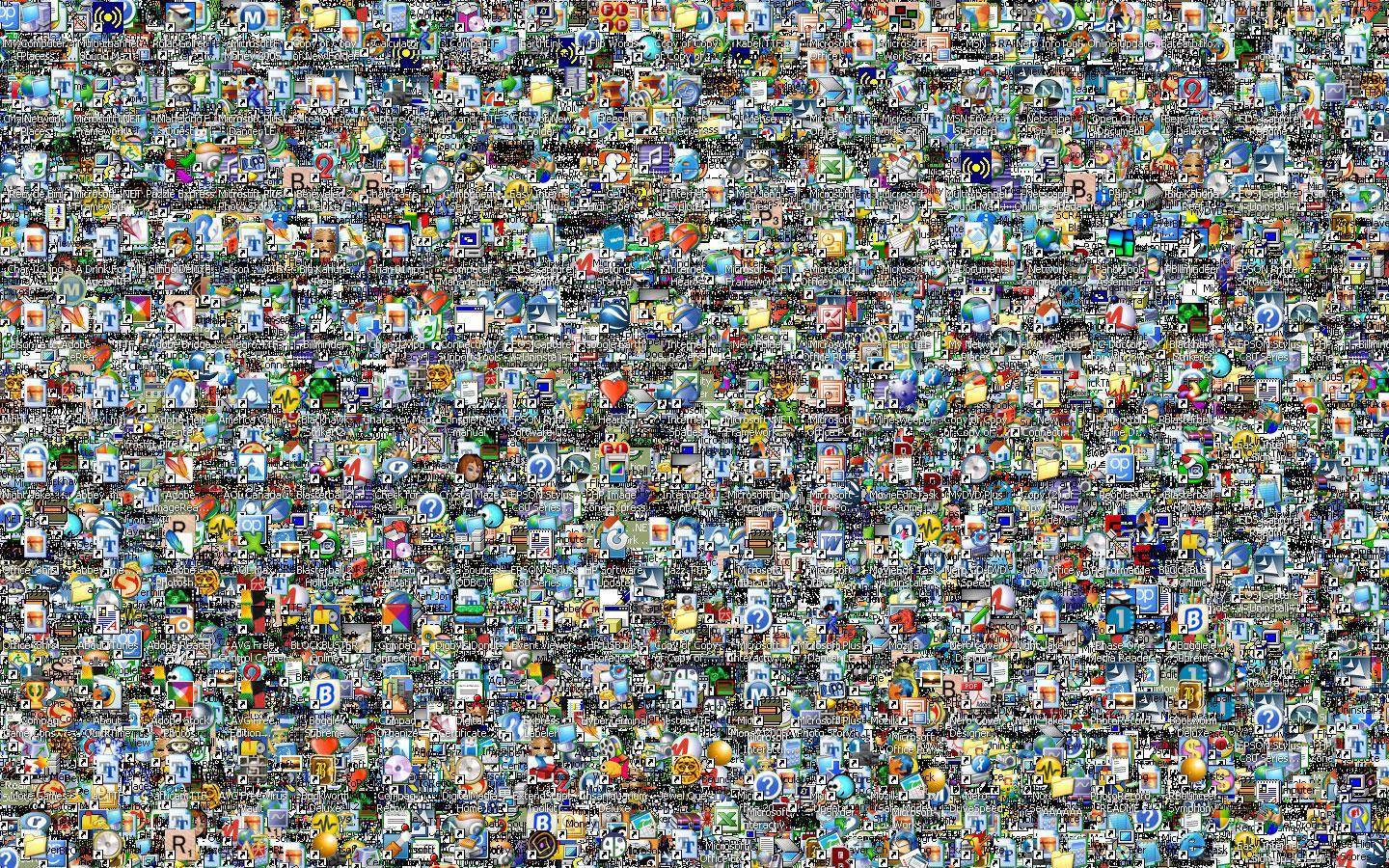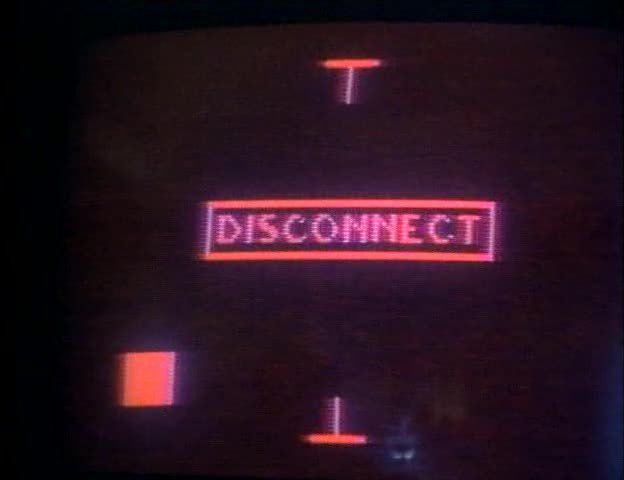LET’S BE FWENDS ISSUE #33:
INNOVATION, TAKING RISKS AND FAILURE
“Strength is built by one’s failures, not by one’s successes.”
~ Coco Chanel

The power of failure
If you think about innovation and creativity, you’ll sooner or later stumble upon this question: When do people find creative solutions to the problems they encounter? Does creativity find tricky problems, or do tricky problems spark creativity? The economist Albert Hirschmann thought the latter:
“Creativity always comes as a surprise to us; therefore we can never count on it and we dare not believe in it until it has happened. In other words, we would not consciously engage upon tasks whose success clearly requires that creativity be forthcoming. Hence, the only way in which we can bring our creative resources fully into play is by misjudging the nature of the task, by presenting it to ourselves as more routine, simple, undemanding of genuine creativity than it will turn out to be.”
So, in order to be at our best, we must tackle a task we only through a miscalculation think we can handle, when it’s actually way above our head.
Strategic underestimation. I like that.
A few years ago, the New Yorker ran an interesting piece on Mr. Hirschmann and his theories.
No risks, please.

Malcolm Gladwell wrote another piece about successa few years earlier, this time about entrepreneurs. Are successful entrepreneurs reckless risk-takers? The gospel sure says so, but careful examination paints a different picture:
The most successful movers and shakers are actually highly risk-averse, planning, thoughful, rational humans.
How we learn to be helpless

A scary thing: Learned helplessness. You can teach animals and people to simply endure horrific things happening to them, to just slug it out, to take it. Instead of looking for ways to get out of that bad situation.
Luckily, there are ways out of this behaviour, and the You are not so smart podcast teaches them. If you find the time listen to this episode, it is a real eye-opener.
The Copenhagen Letter

I’ve lamenting the lack of ethics in technology here, and I’m delighted that I found the Copenhagen Letter, a sort of manifesto for ethical tech makers.
Here are its five points:
- Tech is not above us.
- Progress is more than innovation.
- Let us build from trust.
- Design open to scrutiny.
- Let us move from human-centered to humanity-centered design.
I can subscribe to all of them.
Most gender-different jobs (in the US)
Gender segregation ain’t a thing, right? There’s no social bias in the workplace, right?
Well, then that’s just a happy co-incidence right here:

The one thing missing from your dreams

Here’s a a funny mind-bender: For all the time we’re looking at our phones, why don’t they show up in our dreams? Have you ever used or seen a mobile phone in your dreams? I for sure haven’t. Speaking of which, I’m not sure if I ever saw any form of technology in my dreams except of cars.
Near-sighted oil paintings

SourceAre you near-sighted? I am, and I find it hard to explain to people who are not how the world looks to me without glasses or contacts. It’s not just that it’s blurry, depending on the lighting conditions my sight creates all sorts of artefacts.
Thank you for reading this edition of Let’s Be Fwends.
Let’s hope you take on some miscalculated tasks in the near future! 🤓
Subscribe to Let's be Fwends